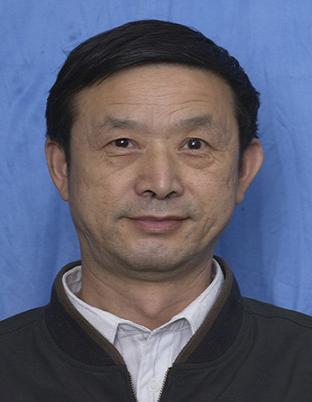
On mutually-inversistic logic and its applications
Xunwei Zhou
Beijing Union University, Beijing - China
The aims of this tutorial consists in explaining:
1. Defects of material implication and improvements of mutually inverse implication;
Material implication has material implicational paradox: if the antecedent is false or the consequent is true, then the antecedent implies the consequent, there can be no nexus of contents between the antecedent and the consequent. In mutually-inversistic logic, the antecedent cannot be permanently false, the consequent cannot be permanently true, and the antecedent and the consequent must share the same variable. So, in mutually-inversistic logic, there is no mutually inverse implicational paradox.
2. Knowledge in mutually-inversistic logic. From the philosophical perspective, mutually-inversistic logic is a knowledge—cognition science, studying knowledge and cognition from the known (knowledge) to the unknown (knowledge).
3. Cognitions in mutually-inversistic logic. The cognitions in mutually-inversistic logic include mathematical induction, explicit inductive composition, implicit inductive composition, and decomposition. Explicit inductive composition, implicit inductive composition, and decomposition of the first level logic have been discussed in Section 1. This section discusses explicit inductive composition, implicit inductive composition, and decomposition of the second level logic.
4. Application of second level logic
Based on second level logic, the author establishes twenty new computer theories. They are:
(1) Second level resolution principle;
(2) Second level single quasi Prolog;
(3) Bottom-up second level single quasi expert systems;
(4) The descriptive semantics of second level single quasi Prolog;
(5) Second level recursion and second level iteration;
(6) Second level single quasi relational database;
(7) Second level object-relational database;
(8) Mutually-inversistic automatic planning;
(9) Second level semantic network;
(10) Top-down second level single quasi expert systems;
(11) Second level information flow;
(12) Mutually-inversistic multi-agent planning;
(13) Second level ontology;
(14) Mutually-inversistic program verification;
(15) Automatic derivation system of the functional dependencies in relational database;
(16) Mutually-inversistic operational semantics;
(17) Mutually-inversistic syntactic analyzer;
(18) Logical theorem prover of inductive composition;
(19) Second level FOIL;
(20) Mutually-inversistic program refinement.